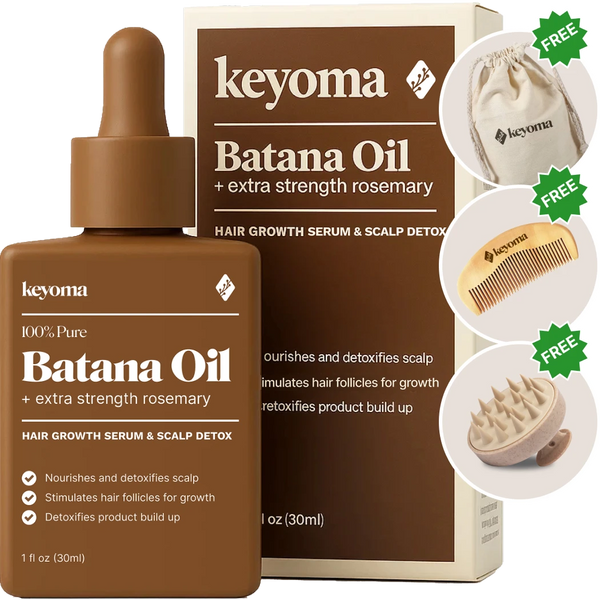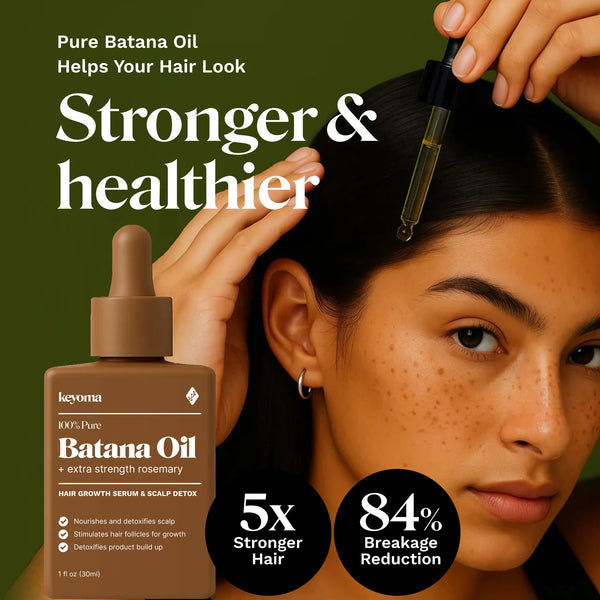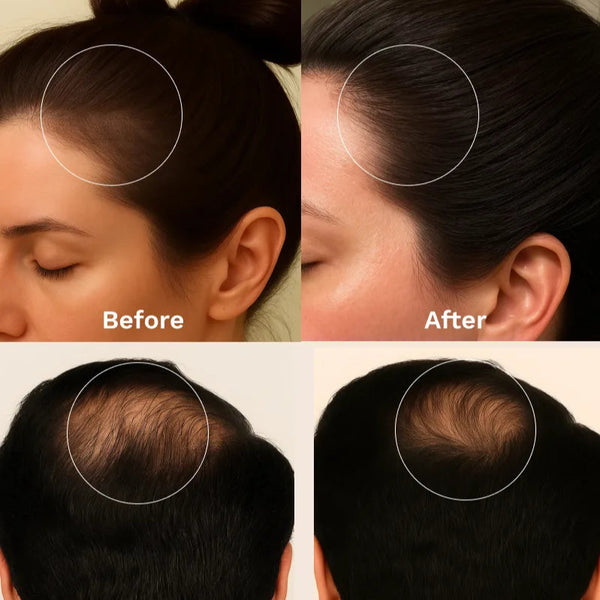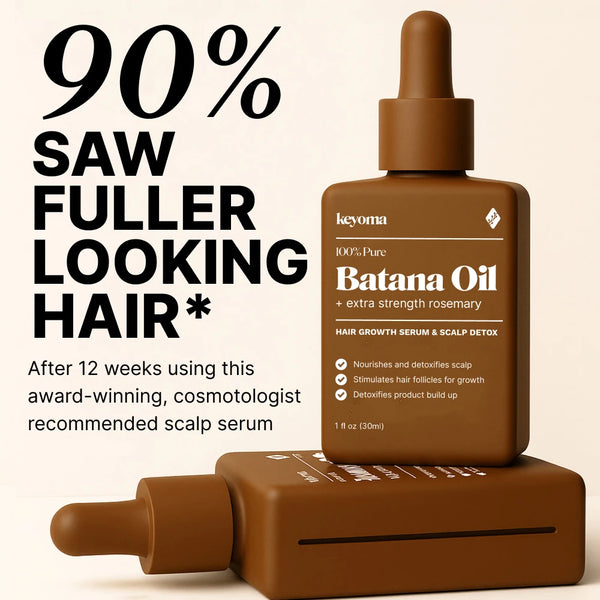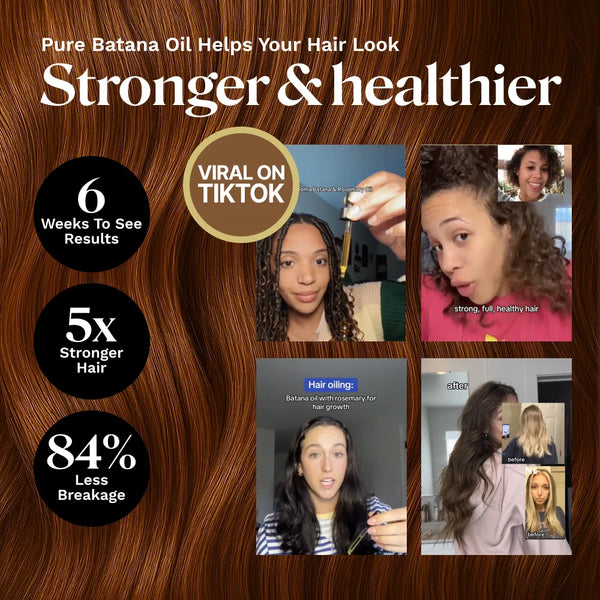In this article
PRP therapy uses injections of a concentrated portion of your own platelets to encourage hair growth. Your clinician draws a small blood sample, spins it in a centrifuge, and activates it.
The activated platelets contain proteins and growth factors that can support hair growth; these are injected into the scalp. Most people report minimal discomfort. A common plan includes three monthly sessions, followed by a maintenance visit every six to twelve months.
Remember that PRP is best used as part of a broader plan for thinning or loss. Your doctor may also recommend other topical or oral treatments.
Key Takeaways
-
PRP concentrates a person’s platelets, injecting growth factors into scalp to encourage regrowth.
-
Treatment plans often include three monthly sessions, then maintenance every six to twelve months.
-
Effectiveness varies, and higher platelet concentrations may improve density and thicken hair shafts.
-
Side effects are usually mild, though risks increase with certain medicines and medical conditions.
How Platelets Relate to Hair Growth
Platelets are one of the four main parts of blood, along with red cells, white cells, and plasma. They help drive cell growth and repair. In PRP, platelets are typically concentrated to roughly five times the level in whole blood. This higher platelet level matters because platelets release growth factors believed to aid healing and tissue regeneration.
For hair loss, the idea is that platelets injected down to the base of the follicle may stimulate dermal papilla cells, which are key players in hair growth.
What is PRP Therapy?
PRP (platelet-rich plasma) is a growth factor–based option for hair loss within regenerative medicine, which also includes stem cell therapy. Growth factors can come from three sources:
-
Synthetic, a proprietary product delivered with an ultrasound device.
-
Exogenous, commonly as exosomes from bone marrow or placenta, but this group also includes plant-based and other external growth factors.
-
Endogenous, derived from your own blood. This is the best-known form as PRP and is the focus here.
Platelets are cell fragments vital for clotting and they also carry several growth factors. These proteins signal the body to form specific tissues, like new blood vessels and skin, after injury, among other roles.
During PRP preparation, a patient’s blood is spun to separate layers: red cells, plasma, and a buffy coat where platelets concentrate. This layer, with a small amount of plasma, is platelet-rich plasma and contains the growth factors.
Because normal platelet counts vary widely (about 150 to 450 per mcl), some PRP samples will hold far more growth factors than others, which may explain the mixed results seen in practice.
The PRP is placed very superficially into the scalp skin in areas of hair loss with the goal of promoting thicker, darker, healthier hair growth that looks fuller.
PRP for Hair Loss: What It Typically Costs
The typical estimated cost of PRP ranges from $500–$2,500 per session for orthopedic care. Prices for hair loss vary based on several factors, such as:
-
where you live
-
the quality of the equipment
-
whether nutritive additives are included
Many insurers do not cover PRP for hair loss. If you have coverage, check with your plan. If you do not, ask the clinic about payment options or possible discounts for self-pay.
How PRP May Work for Hair Loss
The exact way PRP helps hair is not fully known. PRP contains at least six growth factors, and their individual and combined actions on follicles are hard to separate. PRP also includes roughly 30 other substances, like chemokines, clotting factors, and immune signals, any of which may play a role.
Key growth factors linked to hair include Fibroblast Growth Factor (FGF), Vascular Endothelial Growth Factor (VEGF), and Epidermal Growth Factor (EGF). These can lengthen anagen, the growth phase of hair, and may increase hair shaft thickness.
Potential Risks of PRP for Hair Loss
Certain factors can raise the chance of side effects with PRP. These may include:
-
using certain medicines, such as nonsteroidal anti-inflammatory drugs (NSAIDs) within 48 hours of PRP
-
underlying conditions such as low platelet count, sepsis, or platelet dysfunction
-
some cancers, such as bone cancer
-
smoking
-
receiving certain steroid injections within 2 to 4 weeks of PRP
-
fever
-
anemia
Talk with a healthcare professional before starting PRP. During the visit, share all medications, supplements, and herbs you use.
PRP Therapy: Step-by-Step Process
PRP therapy places platelet-rich plasma into the target areas of your scalp.
Plasma is the liquid part of blood. Your blood also contains platelets, white cells, and red blood cells.
Platelets help blood clot, and they also contain cytokines and proteins that support repair, growth, and rejuvenation.

Step 1: Blood Draw and Centrifuge
Between 10 to 60 milliliters (mL) of your blood is drawn, usually from your arm, then placed in a centrifuge. I brought a water bottle and noticed it made the quick blood draw feel easier. The machine spins rapidly to separate fluids by density.
Step 2: Blood Separates Into Layers
After around 10 minutes in the centrifuge, your blood separates into three layers:
-
platelet-poor plasma
-
platelet-rich plasma
-
red blood cells
Step 3: Inject PRP Into the Scalp
The provider draws the platelet-rich plasma into a syringe and then injects it into scalp areas where you want more growth.
According to a 2022 review, schedules vary and there is no set standard for PRP frequency or duration for hair loss. In that review, benefits were reported with plans from 4 injections every 15 days for 3 months to 3 monthly injections for 6 months.
The reviewers emphasized platelet count as the key factor. A 2021 study found that higher platelet concentrations were linked to greater improvements in hair density, follicle diameter, and terminal hair count.
PRP for Hair Loss: Benefits and Effectiveness
PRP, like other non-surgical hair loss treatments, may reduce shedding or make hair look thicker. Thicker-looking hair can come from more hairs, wider hair shafts, or both. Not everyone benefits from growth factor treatments, and any gains usually require continued sessions to maintain them.
Many studies have examined PRP’s effectiveness. Some show improvement while others do not, which is expected given the protocol and patient differences across studies.
In my view, PRP works best after you have already tried other noninvasive options, including natural treatments like Keyoma batana oil, and OTC medications like minoxidil and finasteride.
Possible Side Effects of PRP for Hair Loss
There is no risk of getting a communicable disease from PRP because it uses your own blood.
Research from 2022 also reports few side effects, though you might notice:
-
some pain during treatment
-
headache
-
itching
-
swelling
-
temporary discoloration
People respond differently to injections. Discuss potential side effects with a healthcare professional before you begin PRP therapy.
Plan Your PRP Visits and Track Results With Keyoma
PRP can be part of your plan, but start with low-risk steps and clear expectations. Ask how your clinician prepares and schedules treatments, and confirm costs, since results vary. Track photos, note shedding and texture, and pause if irritation worsens.
As a gentle first step before clinic care, you can massage a few drops of Keyoma Pure Batana Oil with rosemary into your scalp and see how you respond. With steady care and honest check-ins, you can decide whether PRP fits or if simpler options meet your goals.
Featured Product
100% Pure Batana Oil + Rosemary
↓Best Batana Oil to Buy↓
1 Month
Subscribe & Save
- 30-day supply delivered monthly $35
- 30% off for life $6
- Free haircare essentials kit $33
- Free custom wooden comb $10
- Free scalp massager $15
- Free eco-friendly travel bag $8
- 30-Day Money Back Guarantee
- Free Shipping
- Online portal for easy cancel, skip, or pause.
1 Month One Time Purchase
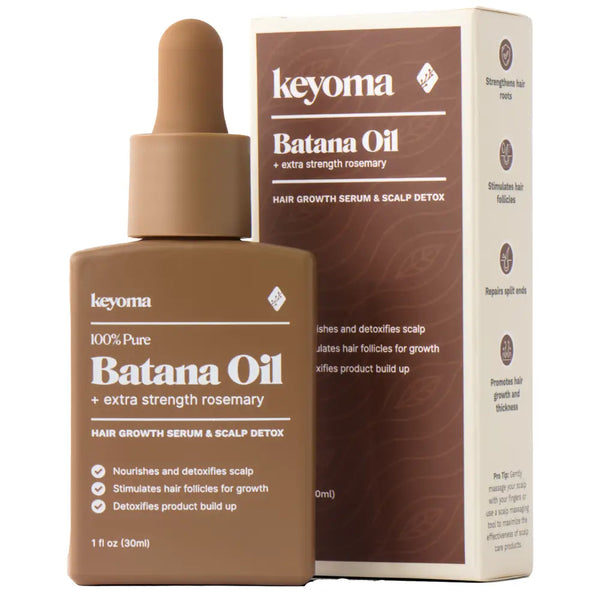
- 30-day supply $50
- 30% off for life $6
- Free haircare essentials kit $33
- Free custom wooden comb $10
- Free scalp massager $15
- Free eco-friendly travel bag $8



